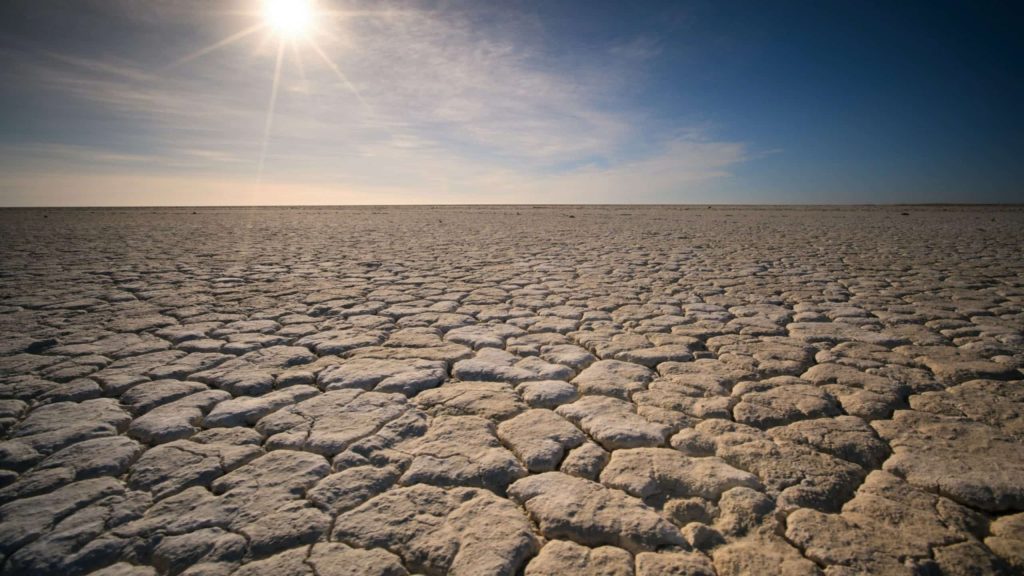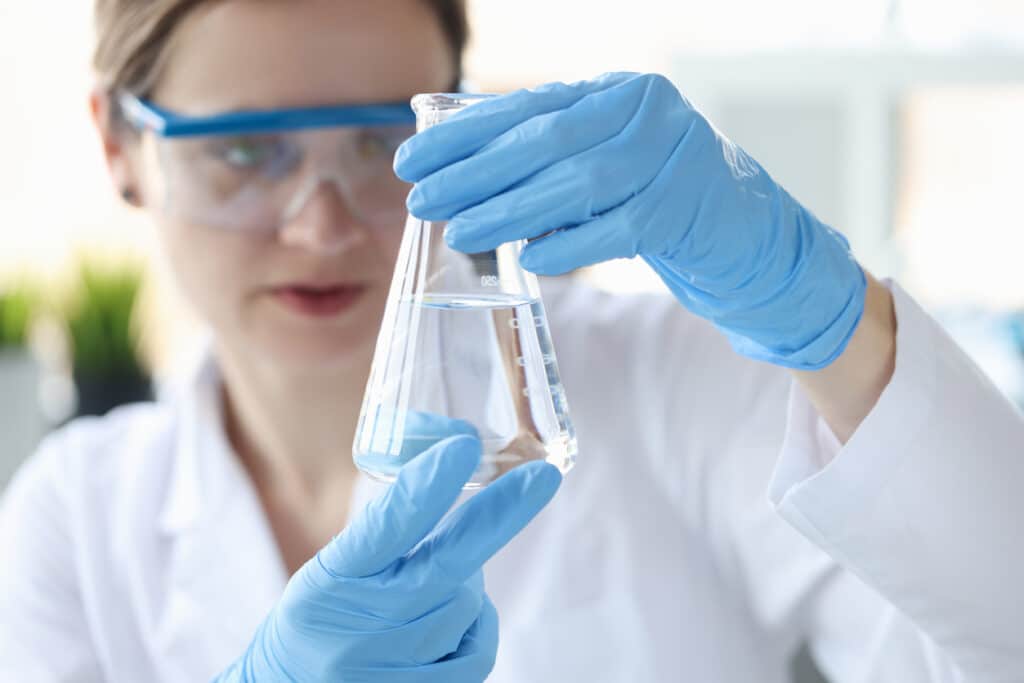Over the last few years, we have heard much about endocrine disruptors and where they originate.
Usually, it is found somewhere in our environment — food, water, plastics.
In this case, we are discussing atrazine, an herbicide used in farmlands to protect crops against grasses and weeds and increase crop yields.
The EPA revealed that concentration of the toxin hits its peak in the months of May and June.
Atrazine is a common herbicide used to treat corn, sugarcane, and sorghum.
It is also commonly used to control weeds on residential lawns.
Americans use approximately 75 million pounds of the chemical annually, making it the second most commonly used herbicide in the country.
It is no surprise that atrazine is the top choice for farmers because it is a cost-efficient solution for protecting crops and increasing yield.
In a 20-year span, the pesticide has helped increased yields by more than five percent.
If the US were to ban atrazine altogether, just as Europe did, it is anticipated that corn yield production would decrease by 1.19 percent, while corn acreage would dip by 2.35 percent.
However, Europe did not experience any drop off in production when the chemical was banned.
The US EPA has not banned its use, but has increased restrictions.
Due to its popularity, atrazine is also the most highly detected herbicide in our water.
When public water systems analyzed their water samples in 2015, the chemical was found in more than 800 systems spanning 19 states at levels higher than the maximum contaminant level (MCL) of 3 parts per billion (ppb) as established by the Environmental Protection Agency (EPA).
In fact, 18 communities located in various Midwestern states had received water that exceeded the health guidelines.
Understanding that atrazine can lead to irreversible developmental and reproductive issues in living organisms, Europe banned the use of the pesticide in the 1990s.
However, despite placing limitations on the pesticide decades ago, France continues to detect the toxin in their water.
A known endocrine disruptor, atrazine can copy or impede the hormones found in an organism.
As the chemical can have adverse health effects on animals even at minute levels, California has established a limit at 1 ppb.
Despite California’s tightened enforcements, scientists at the California Office of Environmental Health Hazard Assessment claimed that water tainted with concentrations of atrazine higher than 0.15 ppb could potentially lead to cancer.
Scientists have long studied the effects that the toxins can have on animals.
They have discovered a link between exposure to atrazine and the chemical castration of male organisms, with shocking effects are on amphibians.
For example, 10 percent of male frogs’ eggs living in water with tiny concentrations of the toxin grow into adults with female bodies and characteristics.
The carcinogen has shown potential to lead to prostate and breast cancer in rats.
The toxin no doubt poses the biggest health risk to pregnant women and infants because they are most vulnerable.
Babies delivered during the summer were prone to suffer more birth defects than babies delivered at other times of the year, and pregnant women were at a heightened risk of delivering a small, premature baby.
Men are also affected by the health effects of atrazine.
When urine samples were analyzed, males who had consumed water tainted with the carcinogen were found to have lower sperm counts than men who consumed atrazine-free water.
We can’t say that atrazine is in your water because it is just one chemical in a long list of them that are not normally tested in municipal water sources.
That said, you can protect yourself from a wide range of chemicals with our Kinetico K5 Drinking Water Station.
With its unique auxiliary
VOC filter in place, the Kinetico K5 Drinking Water Station will filter out 99.999% of contaminants in your drinking water, including toxins such as atrazine and
forever chemicals.
Removing more contaminants than any other residential system on the market, it will ensure that you and your family can enjoy the best-tasting, highest quality drinking water available, and it can deliver up to 40 gallons of purified water per day at a high flow rate.
If you are interested in learning more about our
reverse osmosis system, sign up for a
FREE onsite water consultation NOW!
Sources Cited:
Britt E. Erickson, “US EPA reapproves atrazine,” c&en, 2020,
https://cen.acs.org/environment/pesticides/US-EPA-reapproves-atrazine/98/i37
Larry West, “What is Atrazine?” Treehugger, 2019,
https://www.treehugger.com/how-dangerous-is-atrazine-1204010
Olga Naldenko, Sonya Lunder, “Atrazine: A harmful weedkiller taints tap water for millions in US,” EWG, 2017, https://www.ewg.org/enviroblog/2017/08/atrazine-harmful-weedkiller-taints-tap-water-millions-us
Pesticide Action Network, “Health Effects of Atrazine,” 2011,
https://www.panna.org/sites/default/files/Atrazine&Health_0.pdf 


